Description
By Ted Kaptchuk
Trade paperback book
ISBN 9780809228409
500 pages
This is a full and richly presented text that introduces Oriental medical concepts to readers unfamiliar with these ideas. The material presented is derived from modern Chinese practice of acupuncture and herbology, supported by clinical sketches and references to authoritative Chinese sources. By emphasizing the holistic aspects of Chinese medicine, this book has connected acupuncture and herbology to American and European social trends in favor of alternate forms of medical practice. By introducing the ideas of Chinese medicine with familiar terms, and in relation to Western traditions, it has opened the minds of a generation.
The discussion of organs and their related pathologies includes the hun, po, yi, shen, and zhi, their virtues and psychological propensities. There are over100 pages reviewing biomedical research into acupuncture and Chinese herbal medicine. The author also discusses historical approaches towards intention and intuition in diagnosis and expands upon the patient-physician relationship in Chinese medicine.
The footnotes have been updated to include the latest information about East Asian medicine in academic disciplines as biomedicine, pharmacology, anthropology, history, sociology and sinology.
From the Author:
“Dear Colleagues,
A new edition of the The Web that Has No Weaver has been published and the staff at Redwing Books On-Line has suggested that I write a short letter explaining why I wrote it and why any experienced practitioner might consider reading it. What does it add? How does it reflect my last twenty years of reflection on ancient Chinese sources and active involvement in cutting-edge scientific research?
From my perspective, the first edition of the “Web” has done a reasonably good job. It is a relatively interesting and clear introduction to our profession that has been read by many people both inside and outside the community. Nonetheless, since the first edition, some of the critical basic questions concerning East Asian medicine have shifted. The old “Web” was a bit behind after its many years in print.
Besides theories and cultural framework, people now want to immediately know how Chinese medicine deals with the intersection of mind and body, meaning and mechanism, intention and action. Just as importantly, many people expect an introductory book to present the latest findings from ongoing scientific research into Oriental medicine. Given that these questions are exactly the concerns I have actively explored since the first edition of the “Web,” I’ve decided to write an expanded update. In this process, I’ve let the “Web” retain its old feel but added much new information derived from overlook classical sources and the recent scientific research. I hope seasoned veteran practitioners will find this new Web helpful in their own research and reflections.
First, this new edition has added lengthy investigations of the five spirits (hun, po, zhi, yi and shen). From chapter two onwards, the spirits’ traditional virtues and psychological propensities are included in all presentations of theory, organs, and pathology. The somatic tendency common in many Chinese medical books (including the old “Web”) has been opened to include the relationship of the bodily states to wisdom, fear and guilt, human-kindness, anger and self-esteem, creativity, sincerity, worry and ruminations, beauty and grief, propriety and appropriate behavior,shyness and saving-face. The book also has a lengthy discussion of the patient-physician relationship (long considered a major component of health care in ancient texts) and its relationship to intention, intuition, clinical outcomes and healing. (This is Chapter 9.) I hope that the new “Web” will provide our community with some new framework for a renewed discussion of these critical and traditional concerns.
Secondly, I’ve included a lengthy summary of recent and ongoing scientific research into Chinese medicine. Part of my current work is being a member of the National Advisory Council of the National Center for Complementary and Alternative Medicine (N.C.C.A.M) at the N.I.H. and also an Assistant Professor at Harvard Medical School. Obviously, these environments are seeped in a very different sense of whole-units, causality, patient-physician relationship, therapeutics, evaluation, and process than the sensibility Ireceived in my original training as a practitioner of Chinese medicine. Personally, clinically and intellectually, I’ve needed to learn how to “survive” these more modern environments without losing my traditional epistemological center. I hope the new Web shares some of these struggles with my colleagues. The new Web has detailed discussions concerning basic and clinical research into acupuncture and herbal medicine. The book summarizes over 500 randomized controlled trials of acupuncture, looks at some of acupuncture research’s methodological challenges and some of the newest basic research concerning endorphins and MRI and acupuncture point specificity. The new Web also discusses the latest basic and clinical research into Chinese herbs and describes the outpouring of biomedical reports concerning adverse events related to Chinese herbs. I hope that these presentations will provide tools to enable or our community to become more bi-lingual and engage in informed discourse with the biomedical world and patients who are influenced by this framework.
Most importantly for me, the new “Web” deepens the unique and distinct perspective of East Asian medicine, affirms its unique independence and yet comfortably engages in dialogue with biomedicine and other academic disciplines. I hope some of my colleagues will find a re-visit to the new “Web” a worthwhile experience that engages their own process of self-discovery and reflection.
Sincerely,”
-Ted Kaptchuk, Cambridge, December 2000

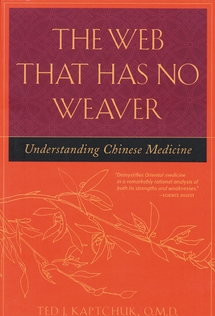
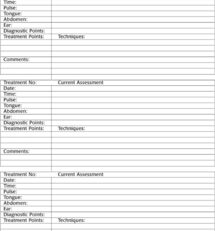
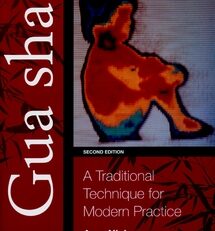

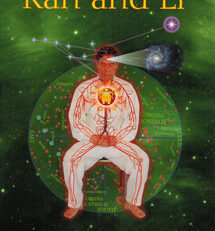
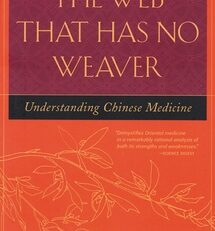
Reviews
There are no reviews yet.